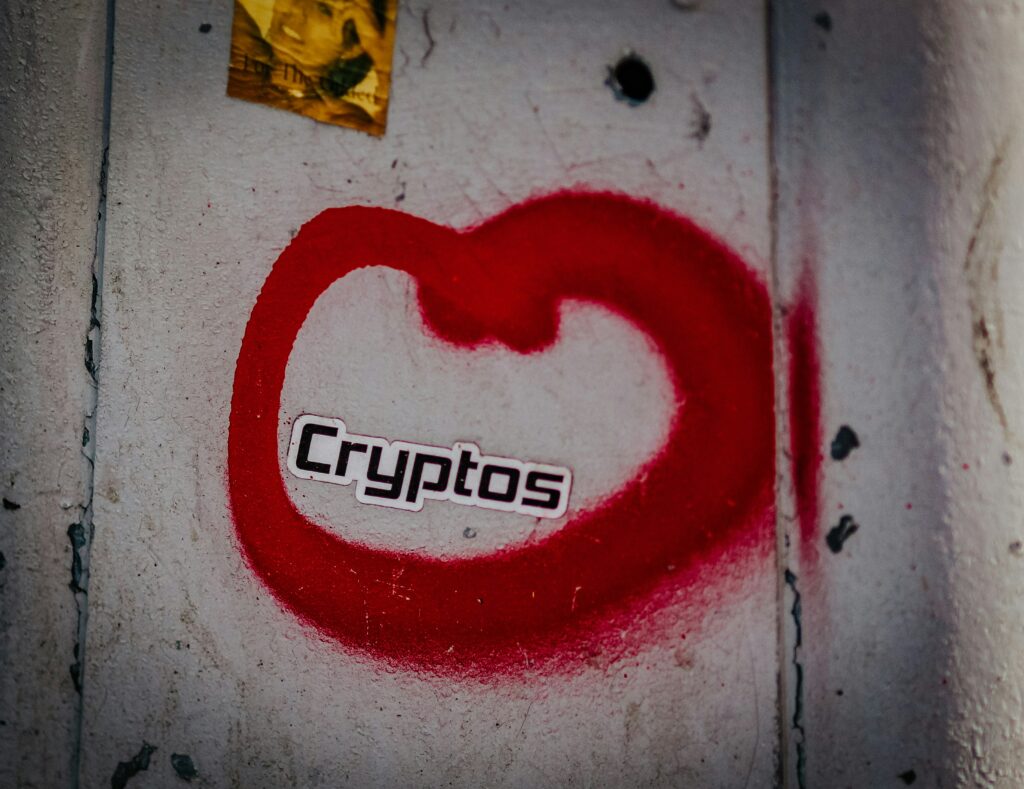In today’s digital landscape, the rise of insider threats poses a significant risk to organizations, especially in the realm of cryptocurrency. As an expert in cybersecurity, I’ve witnessed firsthand the impact of employees involved in crypto hacks. These insider threats can lead to devastating financial losses and reputational damage for companies operating in the blockchain space.
Understanding the motives and methods of these insider threats is crucial for businesses looking to safeguard their digital assets. From malicious insiders exploiting vulnerabilities to unintentional mistakes that can result in costly breaches, the threat landscape is constantly evolving. In this article, I’ll delve into the complexities of insider threats within the context of cryptocurrency hacks, offering insights and strategies to mitigate risks effectively.
Understanding Insider Threats in Cryptocurrency
As an expert in cybersecurity, I delve into the complexities of insider threats within the cryptocurrency realm. Let’s explore the motives and methods behind these risks while providing valuable insights to safeguard digital assets.
What Are Insider Threats?
Insider threats refer to individuals within an organization who exploit their authorized access to compromise security or cause harm. In the context of cryptocurrency, employees with insider knowledge can exploit vulnerabilities for personal gain or malicious intent. Identifying and mitigating insider threats is crucial to prevent financial losses and protect the integrity of blockchain systems.
The Link Between Employees and Crypto Hacks
Employees play a significant role in crypto hacks due to their privileged access to sensitive information and systems. When employees engage in malicious activities, such as stealing private keys or manipulating transactions, it can lead to devastating consequences for blockchain companies. Understanding this link is vital for implementing robust security measures and monitoring mechanisms to detect and prevent insider threats effectively.
Case Studies of Notable Insider Threats
- The Most Infamous Crypto Hack Incidents
In examining notable crypto hack incidents, Mt. Gox stands out as a prominent case where an insider, Mt. Gox’s own CEO, Mark Karpeles, was involved in the disappearance of 850,000 bitcoins. This incident highlighted the significant impact an insider threat can have on a cryptocurrency exchange, leading to substantial financial losses and operational disruptions. - Lessons Learned from Past Breaches
Reflecting on past breaches, it’s evident that stringent access controls and continuous monitoring are crucial in detecting and preventing insider threats. Implementing segregation of duties and regular security audits can help mitigate the risks associated with employees exploiting their privileged access. Learning from historical breaches emphasizes the importance of proactive security measures to uphold the integrity of cryptocurrency systems and protect against insider threats.
Combating Insider Threats in Crypto Organizations
As a cybersecurity expert, combating insider threats in crypto organizations is paramount to safeguarding digital assets and maintaining the integrity of blockchain systems.
Preventive Measures and Best Practices
Implementing a robust set of preventive measures and best practices is crucial in mitigating insider threats within crypto organizations. It’s essential to establish clear security policies and procedures outlining employee responsibilities and acceptable use of digital assets. Regular security training and awareness programs can help educate employees on the risks associated with insider threats and the importance of maintaining confidentiality.
Enforcing strict access controls, role-based permissions, and least privilege principles can limit employees’ access to sensitive information and reduce the likelihood of unauthorized activities. Regularly reviewing and updating user access levels, conducting background checks during the hiring process, and monitoring employee behavior for any suspicious activities are proactive steps in preventing insider threats.
Maintaining a culture of transparency and accountability within the organization promotes ethical behavior and discourages malicious activities. Encouraging employees to report any security incidents or potential threats promptly can aid in early detection and response to insider threats. Additionally, implementing whistleblower protection policies can provide employees with a safe avenue to disclose wrongdoing without fear of retaliation.
Technological Solutions to Detect and Prevent Hacks
Employing advanced technological solutions is essential to detect and prevent insider threats in crypto organizations effectively. Implementing user behavior analytics (UBA) tools can help monitor and analyze employee actions, detecting deviations from normal patterns that may indicate malicious intent. Real-time monitoring of network activities, data access, and system logins can alert security teams to any unusual behavior and potential security breaches.
Utilizing endpoint security solutions, such as intrusion detection systems (IDS) and endpoint detection and response (EDR) tools, can provide additional layers of defense against insider threats. These technologies enable organizations to detect unauthorized access attempts, malware infections, and data exfiltration, allowing for prompt mitigation of security incidents.
Integrating security information and event management (SIEM) systems can centralize log data from various sources, enabling security teams to correlate events and identify potential insider threats more efficiently. By automating threat detection and response processes, organizations can enhance their ability to proactively address insider threats and protect their digital assets from unauthorized access and exploitation.
Legal and Ethical Considerations

When it comes to insider threats in the cryptocurrency industry, understanding the regulatory frameworks governing insider activities and the ethical implications of employee surveillance is paramount in addressing these risks effectively.
Regulatory Frameworks Governing Insider Activities
Navigating the regulatory landscape surrounding insider activities is crucial for crypto organizations to ensure compliance and security. Regulators such as the SEC and FinCEN have stringent guidelines in place to prevent insider trading, fraud, and other unlawful activities within the cryptocurrency space. Compliance with regulations like the Securities Exchange Act of 1934 and the Bank Secrecy Act is essential to mitigate insider threats and maintain the integrity of crypto operations. By adhering to regulatory frameworks, organizations can establish a culture of transparency and accountability, reducing the likelihood of insider breaches.
Ethical Implications of Employee Surveillance
Employee surveillance raises ethical concerns related to privacy, trust, and autonomy in the workplace. While monitoring employee activities may be necessary to detect suspicious behavior and prevent insider threats, it also raises questions about individual rights and ethical boundaries. Balancing the need for security with respect for employee privacy is a delicate matter for crypto organizations. Implementing transparent surveillance policies, obtaining consent, and clearly communicating the purpose of monitoring can help address ethical concerns surrounding employee surveillance. Striking a balance between security requirements and ethical considerations is essential to fostering a positive work environment and upholding ethical standards within crypto organizations.


